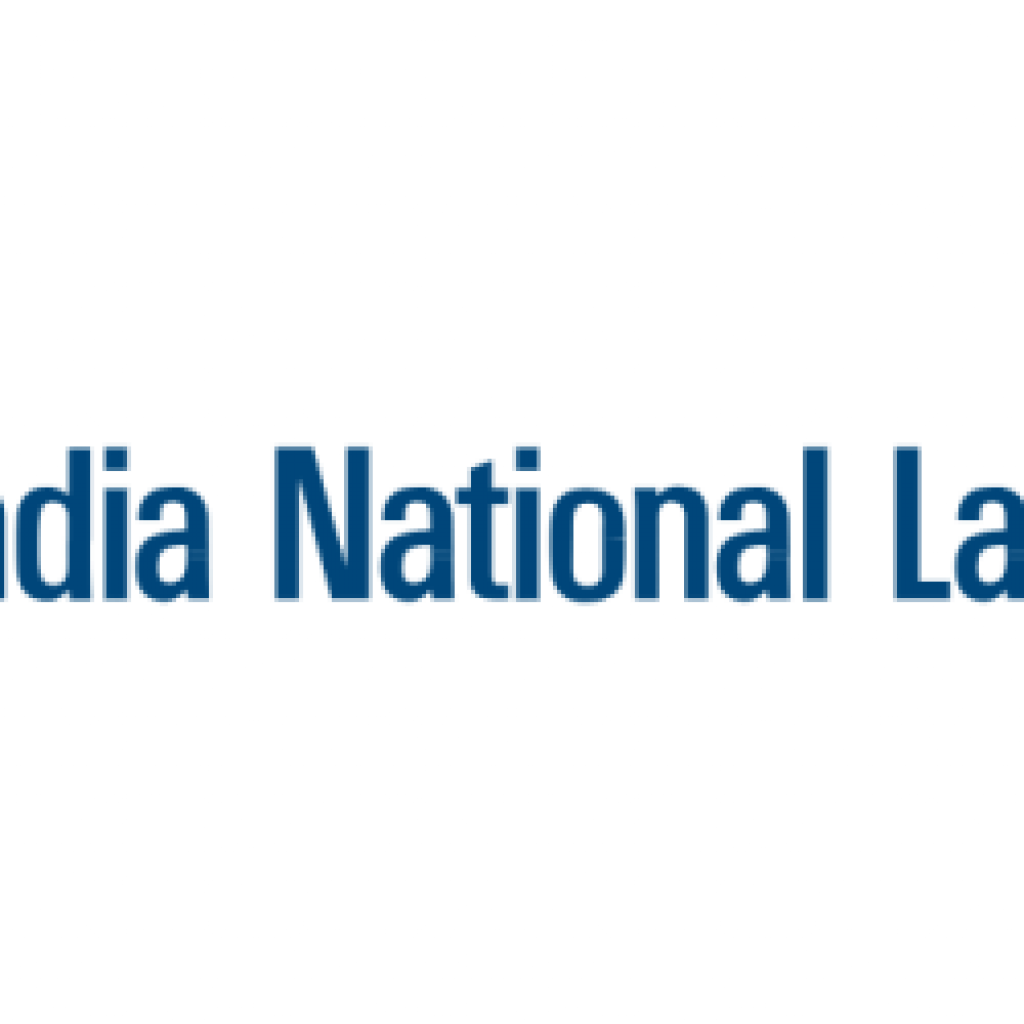(SpectrumIEEE) The emerging field of quantum computer benchmarking will be helping test and improve next-generation quantum processors, researchers say.
However, researchers at Sandia National Laboratories note that it is currently difficult to accurately predict a quantum processor’s capability—that is, the set of quantum programs it can run successfully. This is because the current benchmarking programs used to analyze these devices scale poorly to quantum computers with many qubits. Existing quantum benchmarks are also not flexible enough to supply detailed looks on processor capabilities on many different potential applications, they say.
It’s surprisingly difficult to benchmark state-of-the-art quantum computers, because most benchmarks rely on comparing the results of a quantum computation with the correct output, computed on a conventional computer,” says study lead author Tim Proctor, a physicist at Sandia National Laboratories’ Quantum Performance Laboratory in Albuquerque, New Mexico.
In a new study, Proctor and his colleagues developed a novel technique for creating benchmarks for quantum computers that they call circuit mirroring. This method transforms any quantum program into an ensemble of closely related benchmark programs dubbed “mirror circuits,” which each perform a set of calculations and then reverses it.
Using circuit mirroring, the scientists first designed two families of benchmark programs—one that ran quantum processors through randomized sequences of operations, the other with highly structured procedures. They next executed these benchmarks on 12 publicly accessible quantum computers from IBM and Rigetti Computing to map out their capabilities.
“A particularly nice feature of our benchmarks is they’re designed to provide a lot of detail—they tell us about a quantum computer’s performance on different tasks,” Proctor says. “This contrasts to most existing methods that, by design, describe a quantum computer’s performance with one number.”
Sandia National Laboratories has designed a faster, more accurate suite of benchmarks for quantum computers
